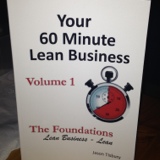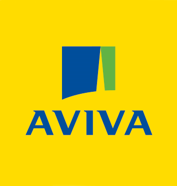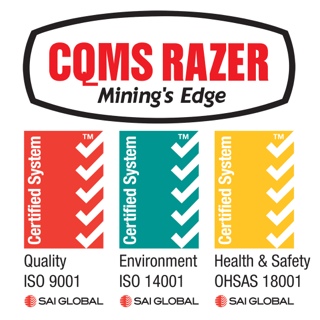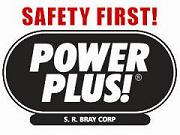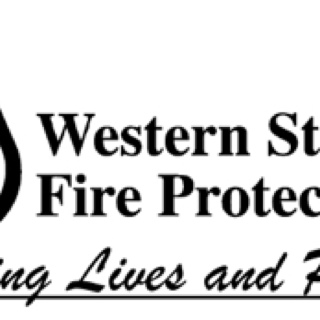Information
-
Document No.
-
Audit Title
-
Client / Site
-
Conducted on
-
Prepared by
-
Location
-
Personnel
-
Use the sliders to record the businesses level of achievement for each topic
1.0 - Business Culture
-
1.1 Management communicates organisational objectives with all employees and gives feed back on employee satisfaction survey at least annually with opportunity to discuss employee satisfaction.
-
1.2 Employees are able to accurately describe what are the company's objectives and how their job help the company to achieve those objectives.
-
1.3 Employees at every level are empowered to work in groups to address improvements in all aspects of the business ( Quality, Cost, Delivery, Improvement, Safety, Morale, Environment)
-
1.4 Operational technical support and support staff routinely go to gemba to assess actual situation and talk to the workers.
-
1.5 There is good effective communication between shifts or at startup under single shift circumstances
-
Notes
2.0 - Lean Culture
-
2.1- The Organisation has developed a lean strategy that aligns with the current organisational goals and policies and has key milestones and deliverables.
-
2.2- Senior management team has been trained in lean business and are active in deployment.
-
2.3- There is a dedicated resources for continuous improvement in the business with necessary resources, organisation and infrastructure in place.
-
2.4- Employees have been trained in CI methods and understanding of Lean Business methodology. Be satisfied by independent questioning of employees.
-
2.5- Employees understand common performance metrics to monitor and improve processes.
-
2.6- Continuous improvement projects are structured, planned and time bound with milestones
-
2.7- There are processes in place to solicit the ideas from the work group/employees and recognise the success of these activities conducted by the work group.
-
2.8- The results of CI activities are communicated throughout the organisation.
-
2.9- Continuous improvement have been rolled out to support services.
-
Notes
3.0 - 5S and Visual Communication
-
3.1- The work areas are generally clean of all unnecessary production material, equipment and scraps.
-
3.2- Aisles are kept clear of all obstructions.
-
3.3- Floor markings clearly distinguish work areas, paths, and material handling aisles.
-
3.4- Signs clearly identify work areas, inventory, inspection zones etc.
-
3.5- All employees are considerate of housekeeping and operators consider daily cleaning and put away activities as part of their job.
-
3.6- There is a place for everything and everything has a place, consider containers, tools, racks, gauges, and fixtures clearly marked and labeled.
-
3.7- Standardised visual management boards are throughout the business and contain key information such as job training, safety , QA data, operational measurables And problem countermeasures.
-
3.8- Display boards are frequently updated for QA and productivity data (target v actual data) Operators receive regular feedback on team performance.
-
Notes
4.0 - Standardised Work
-
4.1- A Standard Operating Procedure (SOP) or SWI have been developed for each production process, SOP contain cycle times and process task sequence for each process. SOP's are controlled documents and up to date.
-
4.2- SOPs are used to train operators for every production process, show evidence of training log book.
-
4.3- SOPs are in a format that allows ease of understanding and training.
-
Notes
5.0 - Equipment and Technology
-
5.1- All equipment and technology devices are well maintained and in good working condition
-
5.2- Upgrade and update schedules exists for all level 1 equipment and technology (software and devices)
-
5.4- Technology and equipment specialists are deployed throughout the organisation with the capability to troubleshoot and problem solve
-
Notes
7.0 - Quality and Error Proofing
-
7.1- There is a formal quality feedback process that allows operators to to receive feedback from both internal and external customers. QA System
-
7.2- Defects are immediately detected when they occur in the process.
-
7.3- A quality system exists to address supplier quality issues in the production process.
-
7.4- Workers understand the basics of error proofing.
-
7.5- There is evidence of effective countermeasures being implemented to eliminate quality problem reoccurrence.
-
Notes
8.0 - Level Production
-
8.1- There is an effort to level schedules by spreading the monthly customer demand evenly over the period, so that the daily production volume for part does not vary substantially.
-
8.3- The production rate throughout the system has been defined around the TAKT time.
-
8.4- Kanban quantities are reviewed so that the reorder points and quantities Min,Max and safety stock levels are correct to the current production rate
-
Notes
9.0 - Problem Solving
-
9.1- Is there a focus in the company towards skilled people to work through issues, problems and difficulties that arise in the work environment. (Problem solving tools root cause analyse)
-
9.2- Do people understand the importance of collecting and using data so that the invisible becomes visible.
-
9.3- Does the company have the ability to identify the different strengths in people
-
9.4- Are people across the site willing to be involved in problem solving, addressing the source of the problem instead of the "quick fix"
-
9.5- Does the focus of problem solving involve facts rather than personalities
-
9.6- Do people work together in teams with great ease?
-
Notes
10.0 - Statistical Control
-
10.1- Does the company have a method of improving productivity and profitability via the application of statistical problem solving tools to identify and quantify waste and indicate steps for improvement?
-
10.2- Does the company measure the cost of poor quality?
-
10.5- Are metrics aligned with the company strategy , linked to bottom line results.
-
10.6- Are metrics related to important, regular activities and processes
-
10.7- Are metrics used to identify what factors are critical to the quality for your customer
-
10.8- Are statistics displayed on visual controls throughout the site and is there support to promote and provide information about these measures?
-
10.10- Does the company know what to measure and why?
-
Notes
SignOff
-
Add signature
